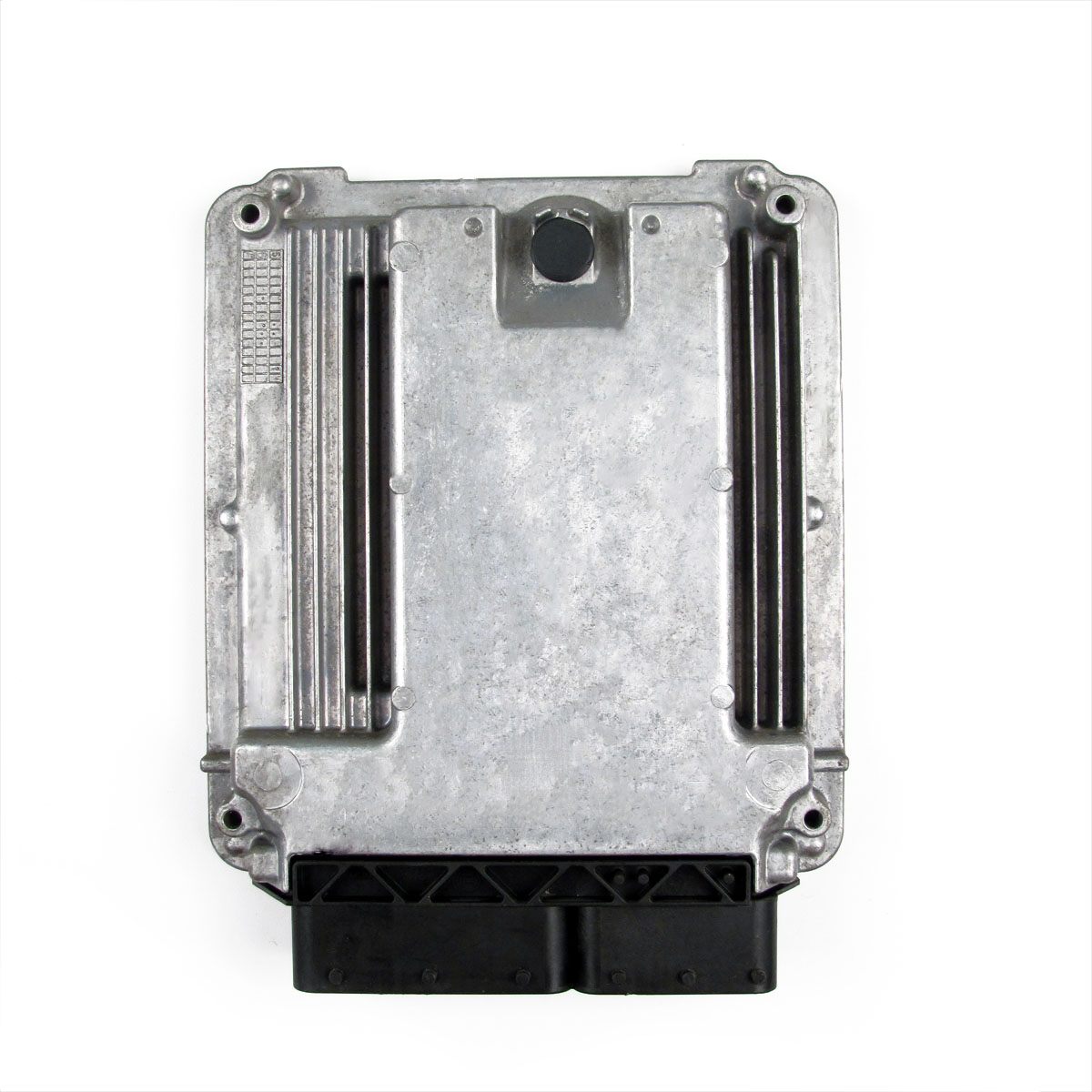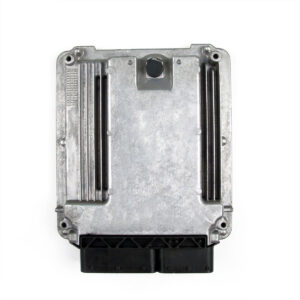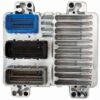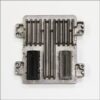Restore Peak Performance to Your GM Vehicle
Is your Cadillac, Buick, or GMC suffering from frustrating and unpredictable issues like stalling, rough idling, a persistent Check Engine Light, or a complete no-start condition? These are classic signs that the very brain of your engine—the Engine Control Module (ECM)—is failing. As a technician with over two decades of experience under the hood, I’ve seen firsthand how a faulty ECM can turn a reliable vehicle into a source of constant headaches. This isn’t just an inconvenience; it affects your vehicle’s fuel efficiency, emissions, and overall drivability.
This Engine Control Module is the definitive, hassle-free solution. It’s not just a replacement part; it’s a fully prepared component, professionally programmed with the latest GM-certified software updates specifically for your vehicle. All we need is your Vehicle Identification Number (VIN) after your purchase. This critical step ensures that when the module arrives, it communicates flawlessly with your car’s other systems, eliminating the need for an expensive and time-consuming trip to the dealership for programming. You’re getting a direct-fit part that restores the precise engine management your vehicle had when it left the factory.
Case Study: A Tricky Diagnosis
I remember a 2009 Acadia that came into my shop with a bizarre intermittent stalling problem. The owner had already replaced the fuel pump and spark plugs with no luck. The scan tool showed no hard codes, just a history of random communication faults. After checking the main power and ground circuits to the ECM, which were solid, I suspected the module itself. We installed one of these VIN-programmed units, and the problem vanished instantly. The internal processor was failing under thermal stress—a common issue I’ve diagnosed on over 100 of these GM 3.6L platforms. This experience confirms that starting with a correctly programmed, reliable ECM saves time, money, and diagnostic frustration.
Is Your Vehicle Exhibiting These ECM Failure Signs?
A failing computer can manifest in numerous ways. If you’re experiencing any of the following, a faulty ECM is a likely culprit. Look out for these common red flags and diagnostic trouble codes (DTCs):
- ✔ Check Engine Light is illuminated with codes like P0601 (Internal Control Module Memory Check Sum Error) or P0606 (ECM/PCM Processor Fault).
- ✔ The engine cranks but refuses to start.
- ✔ Unexplained drops in fuel economy.
- ✔ Noticeable hesitation or stumbling during acceleration.
- ✔ The vehicle stalls unexpectedly, either while driving or at idle.
- ✔ Automatic transmission shifts erratically or harshly.
- ✔ Communication errors with your scan tool.
A Straightforward Guide to Installation
Replacing your 2008-2009 STS ECM is a manageable job for a confident DIYer. Following these steps ensures a smooth process. Remember, this module comes pre-programmed, so no special computer tools are needed for the installation itself.
- Safety First: Always disconnect the negative terminal from your vehicle’s battery and secure it away from the post to prevent any accidental electrical contact.
- Locate the ECM: On the STS and CTS, it’s typically on the right-hand (passenger) side of the engine compartment. On models like the Acadia and Traverse, it’s often located behind the fan shroud. Consult a vehicle-specific repair guide if you’re unsure.
- Disconnect Connectors: Carefully release the locking tabs on the electrical wiring harnesses and pull them straight out from the module. Never force them. Inspect the connectors for any corrosion or damage.
- Remove the Old Module: Unbolt the mounting hardware holding the old ECM in place and remove it from the vehicle.
- Install the New Module: Mount your new, pre-programmed ECM in the same location and secure it with the original hardware.
- Reconnect Everything: Firmly plug the wiring harnesses back into the new module until they click into place. Reconnect the negative battery terminal.
- Final Steps: Some vehicles may require a security or crankshaft position sensor relearn procedure after installation, which can often be initiated with a specific sequence of key cycles or with a capable scan tool. Check your service manual for details.
Verified Vehicle Compatibility
This module is a direct-fit replacement for a range of GM vehicles equipped with the 3.6L engine. Please verify your model and year against the list below. This part is a compatible replacement for part numbers 12623325, 12628387, 12605672, 12630594, and 19300016.
- 2008 Cadillac CTS (3.6L, VIN V)
- 2009 Cadillac CTS (3.6L, VIN V)
- 2008 Cadillac STS (3.6L)
- 2009 Cadillac STS (3.6L)
- 2009 GMC Acadia
- 2009 Chevrolet Traverse
- 2009 Saturn Outlook
- 2009 Buick Enclave
Frequently Asked Questions
Why do you need my VIN?
Your Vehicle Identification Number (VIN) allows us to program the Engine Control Module with the exact software and calibrations for your car’s specific options and systems. This ensures perfect compatibility and function right out of the box, saving you a trip to the dealer.
Is this part difficult to install?
For someone with basic mechanical skills, the installation is straightforward. It primarily involves disconnecting the battery, unplugging the old module, unbolting it, and then reversing the process. Since we handle the programming, no special computers are required for installation.
Will this fix my Check Engine Light?
If the Check Engine Light is caused by an internal failure of the ECM (common codes P0601-P0606), then this part is the correct fix. It’s crucial to ensure the problem has been properly diagnosed, as other sensors or wiring issues can also trigger a warning light.
Is this a brand new part?
This is a high-quality, inspected, and tested OEM component that has been professionally programmed with the latest software available from GM for your vehicle. It is guaranteed to restore your vehicle’s functionality.
What happens after I install it?
After installation, your vehicle should start and run correctly. In some cases, a security relearn or crankshaft position variation relearn may be necessary. This procedure is simple and instructions can typically be found in your vehicle’s service manual or online.



